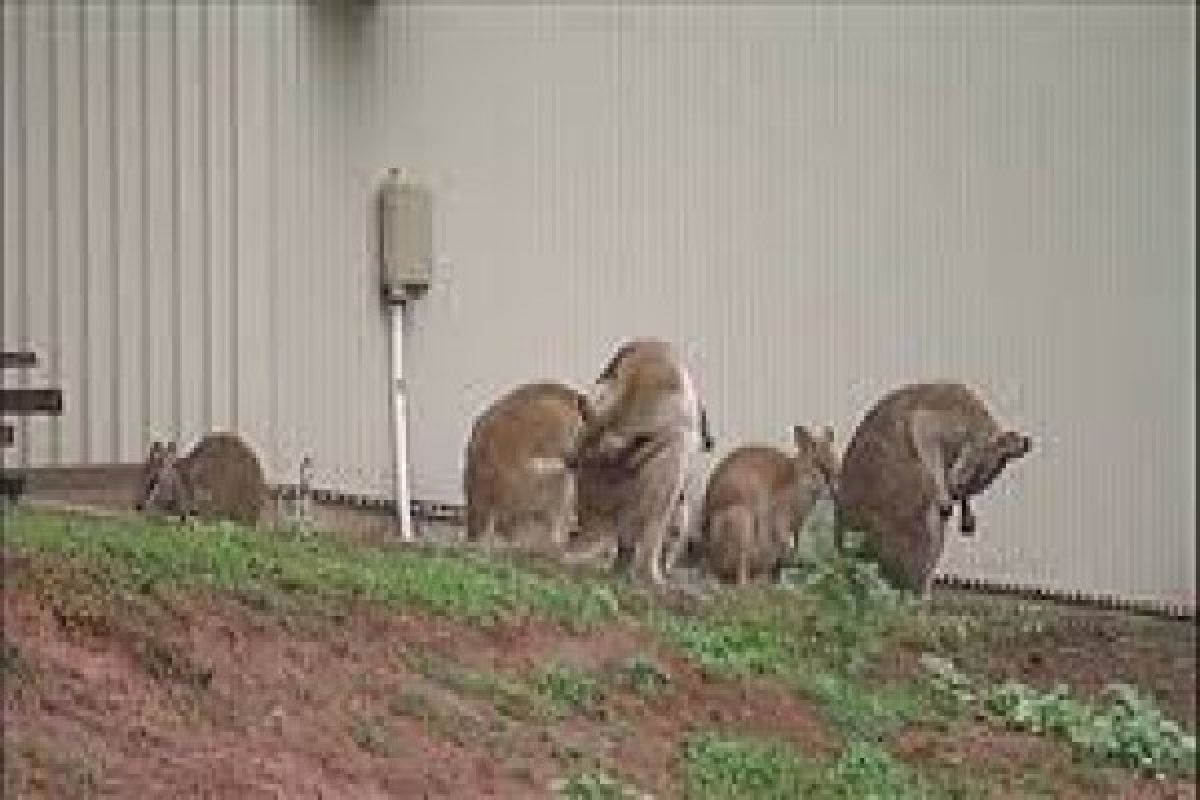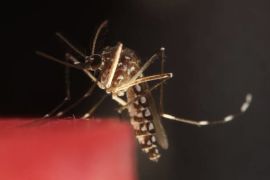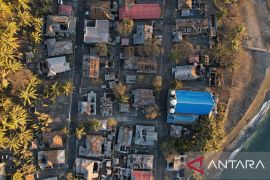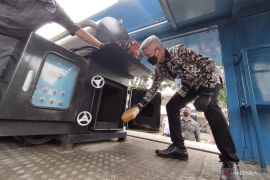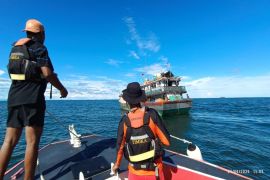The local community`s been very clear about the impact."Sydney (ANTARA News/Xinhua-OANA) - Theyre cute, cuddly and taking over a small town in North Queensland. Now environmentalists and animal welfare experts are desperately searching for a defense against a population of Wallabies that are running rampant and turning an idyllic community into a town under siege.
South Mission Beach, south of Cairns is a slice of tropical paradise, in an area of Australia that is famous as a tourist magnet.
Now its making headlines as a wallaby magnet, attracting literally thousands of the furry marsupials as they graze, kick, jump, burrow, frolic and devastate that once sleepy hollow.
The terrible question now facing residents is how to protect house and home from these furry "fr-enemies."
While the greater majority of residents in the South Mission village agree that the wallaby wannabes have to go, there is fierce debate on how to do it - with local council telling Xinhua that an organized cull is the least preferred option.
Speaking from the lush tropical gardens of the Cassowary Coast Council, Councilor Alistair Pike tries to impart what it is like to live under siege from an Australian wildlife Icon.
"Well, I think you would have to say that everybody that lives with them is effected by them.... The hygiene issue as well too, people are really worried about, particularly young kiddies walking in fresh wallaby excreta," he says.
Pike says the wallabies are everywhere - nuzzling through gardens, hopping into homes and the locals have hit a wall in how to cope. Peoples homes and gardens and people are fed up.
With hygiene and health a top priority, Pike says that the once placid animals are growing in confidence along with their numbers.
"We had an elderly lady last year who tried to shoo one off her verandah and it struck back, scratched her and hurt her. And she had to go to hospital."
But getting rid of a national icon - many of the species endangered - is no easy thing.
Australias connection to the wallaby runs as deep as its larger and more internationally recognized cousin the kangaroo. In fact the beloved national rugby team derives its name (the Wallabies) from the smaller member of the "Macropodidae" family.
Its not a marsupial, its not a mammal and its certainly not a " padaemelon" which happens to be a smaller forest dwelling marsupial.
Wallabies are abut the size of a young child and are fairly ravenous herbivores capable of munching through grasses, vegetables, leaves, and other foliage - especially - due to urbanization - the well-kept gardens of village-living Aussies.
Large groups - or mobs - of wallabies congregate around the same water hole during a dry season, but to see them in such numbers in North Queensland is a rarity.
The regions local member of parliament, Andrew Cripps, was part of a crisis meeting last month and has promised action - just not a plan.
"Yes ... Theres an ongoing issue with the population of wallabies at Mission Beach. The local communitys been very clear about the impact."
According to local media, several landowners have been given the green light to cull up to 1,000 wallabies. But Cripps admits this represents the tip of the iceberg.
"Some of the ideas that have been floated involve infrastructure such as fencing around peoples properties to protect their gardens and lawns.
The member also condones the employment of local pest control contractors "to trap the animals and take them away."
Until then the lions share of anger, frustration, fear and furry fury will be directed at Councilor Pike and MP Mr. Cripps.
Its certainly enough to make a local politician hopping-mad.
(U.C003)
Reporter: Christian Edwards
Editor: Priyambodo RH
Copyright © ANTARA 2014
